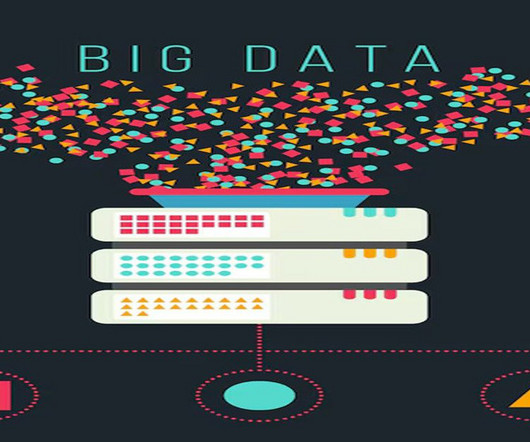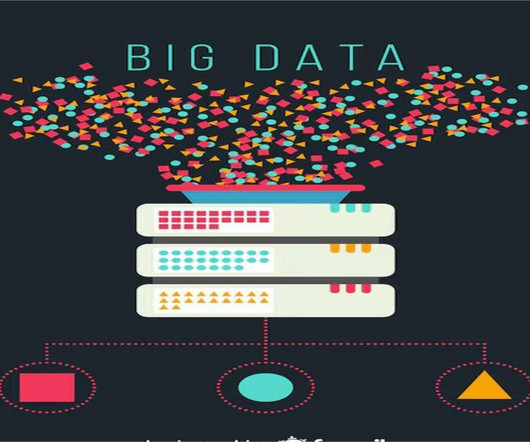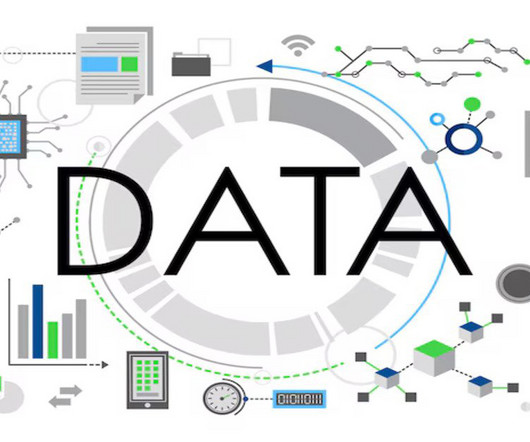Public cloud vs. private cloud vs. hybrid cloud: What’s the difference?
IBM Journey to AI blog
FEBRUARY 6, 2024
Cloud-based applications and services Cloud-based applications and services support myriad business use cases—from backup and disaster recovery to big data analytics to software development. Google Workspace, Salesforce). Google Workspace, Salesforce).












Let's personalize your content